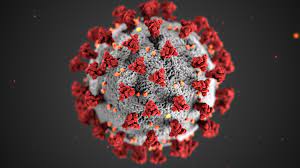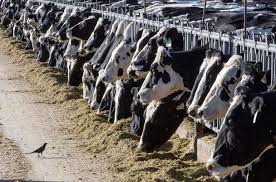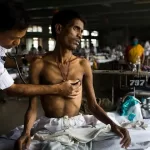Prevention and control measures in animals will minimize the circulation of animal influenza viruses, thus reducing the risk of zoonotic human infections and disease. Such measures should be developed and implemented in an integrated way, with the public and animal health sectors working together at all levels, applying a One Health approach.
Reducing human exposure to animal influenza viruses and preventing human disease should focus on the interface between humans, animals and the environment. When outbreaks or detections in animals are reported, surveillance to detect possible human cases should be intensified
If a person is suspected of having zoonotic influenza, the health authorities should be notified, and appropriate clinical case management provided.
When human infections do occur, they must be investigated and monitored closely. A thorough investigation and immediate public health actions should be implemented. The important role of risk communication and community engagement is highlighted, including messaging to general public and at-risk groups, specific messages for culling activities, food safety and drinking water and the role of vaccination for humans.










